You’ve heard of Guam, Yap, Palau, and Truk. But if you’re planning a trip to the Federated States of Micronesia, the scuba diving in Kosrae is not to be missed. In fact, many visitors say Kosrae reminds them of Kauai in the 1960s — but the diving in these mid-Pacific, crystal-clear waters is way better.
Where is Kosrae?
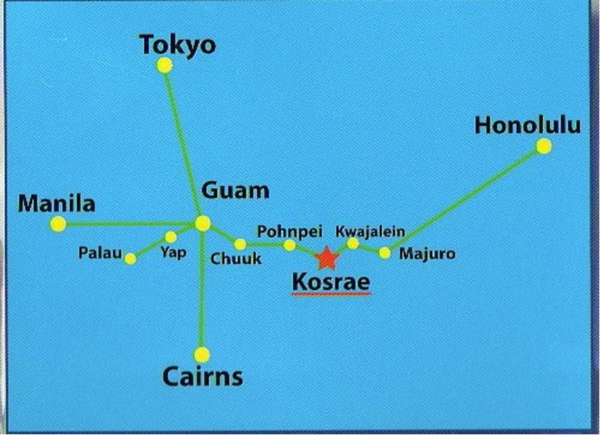
This map shows you that it’s nearly 3,000 miles (4,828 km) southwest of Honolulu, Hawaii; over 2,756 miles (4,435 km) northeast of Cairns, Australia; 2,542 miles (4,707 km) east of Manila, Philippines; and 373 miles (600 km) north of the Equator. In other words, it’s in the middle of some of the world’s most phenomenal diving.
It’s well worth the time and effort to reach this 43 square mile (110 sq. km) island, where you can expect waters hovering around 84 F (27 C) year-round and visibility of 100 to 200 feet (33 to 66 m) on most dives. Reefs teem with fish, and feature over 200 types of coral and huge, indigenous blue clams.
Here are the five of the most popular moored sites among approximately 50 sites surrounding this tropical island’s coral atoll.
Hiroshi Point
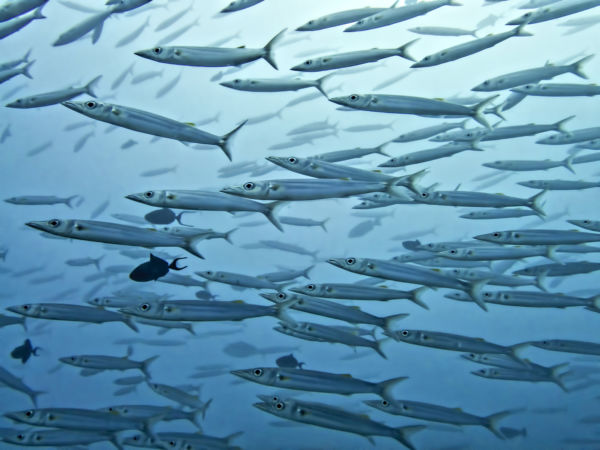
Where is it? Hiroshi Point sits on the southern end of Kosrae
What makes it special: Drift along on a mild current above an incredibly picturesque wall, gently kicking your way along to gaze at barracuda, hawksbill turtles and jellyfish. There are more kinds of soft and hard coral than you can count, and sergeant majors, surgeonfish, parrotfish and clownfish peeping out of anemones are common as well.
Details: The island’s three dive operators tie up at this buoy. Like other Kosrae sites, this is a shallow dive of about 40 feet (13 m) and is suitable for divers of any level, as well as snorkelers.
When to go: Anytime. You’ll find less wind and lighter currents from June through October, while November through May are typically windier, which limits diving on the south and west sides of the island.
Trochus Sanctuary
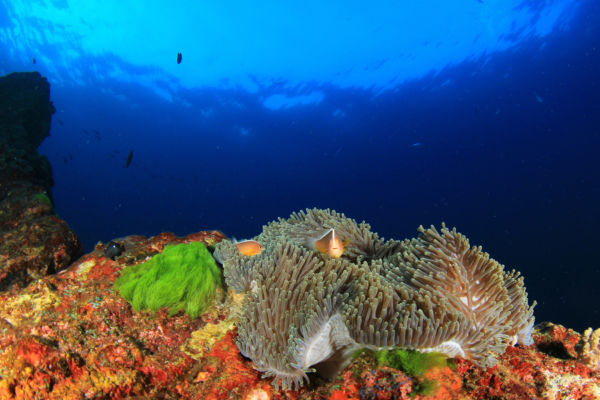
Where is it? North of the mid-point of Kosrae; southwest of the airport
What makes it special: If you love feeling like you’re diving in an aquarium, this is the dive for you. Dive into this crevasse that runs perpendicular to shore and spot clownfish, green and yellow wrasse, a variety of parrotfish and surgeonfish, blue tang, butterflyfish, angelfish, and many others. Polyclad flatworms and nudibranchs also frequent this site.
Details: This is another fairly shallow dive site at 38 feet (13 m) maximum. Hard and soft coral also abound.
When to go: See above
Shark Island
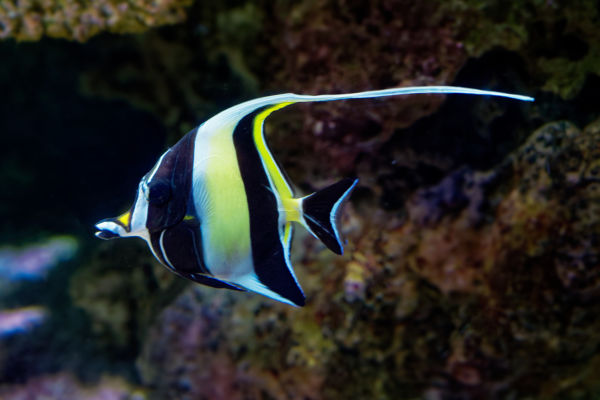
Where is it? North of the mid-point of Kosrae, near Trochus Sanctuary
What makes it special: This is another drift dive that runs along a pretty vertical wall packed with colorful soft corals on each successive rocky outcropping. As with other reefs in the area, this site is absolutely teeming with small tropical fish such as wrasses, different varieties of parrotfish, Moorish idols, clownfish, spotted trunkfish, and huge blue clams, which are indigenous to the area.
Details: This is yet another shallow dive site at 30 feet (10 m) maximum.
When to go: See above
Walung Drop-Off
Where is it? Off the southwest side of Kosrae
What makes it special: With a more sheltered location, this site provides an easy drop down the mooring line into a hard-coral garden. You can see overlapping hard corals of different colors, popcorn shrimp, and again, and dozens of species of tropical fish everywhere you look.
Details: This is a shallow dive site at 30 feet (10 m) maximum.
When to go: See above
Blue Hole
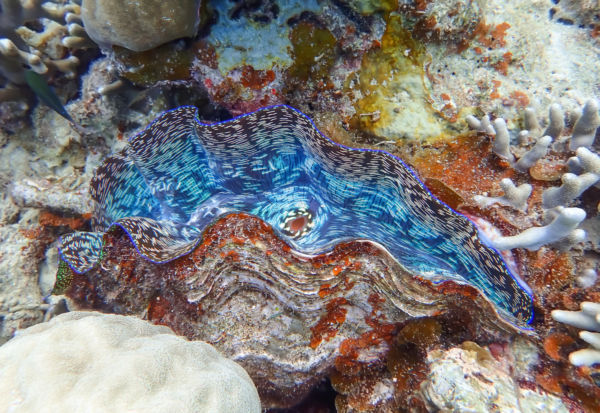
Where is it? Off the northeast shore
What makes it special: This large, natural hole lined with coral is 60 feet deep (20 m), was specifically aimed at attracting snorkelers, but is now also popular with divers. As a gap in the reef, it attracts lots of tropical fish, pufferfish, stingrays, and juvenile fish that float over at high tide and drop in. Visibility varies depending on the tides.
Details: This site is a 600 foot (200 m) walk away from or an easy swim across the reef flat in front of one of the island’s four hotels. Carved out of the reef, this is a very well protected site that is immune to high currents from stormy weather.
When to go: See above
Other popular dive sites on Kosrae include Yela Wall, Malem Reef, Bully Hays Rack, Plane Wreck, and Walung Coral Garden.
Author Gil Zeimer took a scuba resort course on Grand Cayman in 1981. He’s been hooked ever since and has explored the underwater world from Australia to Micronesia to Aruba, almost exclusively in warm waters. As a travel writer, journalist, and advertising writer, Gil is passionate about helping diving industry clients promote their sites, resorts, and causes. He lives in Tiburon, California, which is Spanish for “shark.” Find out more about him here or follow him on Facebook.

 Private Scuba Tuition – Learn Scuba Skills.
Private Scuba Tuition – Learn Scuba Skills.
Leave a Reply
Want to join the discussion?Feel free to contribute!